Nobody wants pilling, so if your jumper pills it must be a sign of poor quality, right?
Not necessarily.
Finer, more luxurious knitwear is more delicate and takes more looking after. If you don’t care for it, it might pill more than the cheap, coarse stuff.
And, cheaper knitwear – from big high-street brands – is often given an artificial coating to make it pill less. Because consumers notice pilling, but they don’t necessarily notice the slightly greasy feel of those coatings.
If you want good knitwear that doesn’t pill, you should buy quality, buy denser knits, and look after it (basically, not squashing it into drawers and washing it regularly).
That’s the short version of the advice.
Below, in this latest chapter in our Guide to Knitwear, is the long version. For people like PS readers that want to know why.
Over finishing
Pilling is created when fibres that stick out of the surface of knitwear rub together. They twist up, often with the help of moisture from the body, and form knots.
When there are more of these fibres sticking up, you get more pilling.
There are various reasons for having more, but one is that the sweater has been more intensely finished – washed, with softeners, and brushed – to make if feel more fluffy when you pick it up in a shop.
In general, Italian knitwear has more finishing than Scottish knitwear. This means it feels fluffier to start with, but can pill more and sometimes not last as long.
So that’s one reason luxurious-feeling knitwear might pill a surprising amount. It’s a difference we’ve covered before here. But there are others.
Washing
Knitwear that has less finishing will soften during the first few wears, and washes.
The washing is crucial. A good, delicate wash will remove some stray hairs, align the rest, and generally prevent things that can cause pilling.
With Scottish knitwear, it’s important to do this after the first few wears. But with any knitwear, it’s important to do it some time – and few people do.
If knits get a little dirty, a little rubbed, a little damp, then the fibres are more likely to knit together. A simple wash will clean and smooth that out.
Washing can seem scary, but all it needs is five minutes of soaking in warm water, with a small amount of non-bio detergent, and a little squeezing (not rubbing). It’s easy and rewarding. More tips on this video.
There are also great services that will clean, repair and depill knits for you, if this is too challenging.
Caring
Rubbing is bad with wearing as well as washing.
So don’t wear a backpack over the top of a nice cashmere. Don’t shove all your knits into a tiny shelf. Fold it, and generally treat it well.
There’s actually an interesting tendency for people to expect expensive clothing to do everything – both feel amazing and be tough as hell.
You see it particularly with socks, where people often complain that expensive socks don’t last that long.
But fine things are often literally finer – thinner fibres, which is a big contributor to softness – and can never be as tough as something much thicker. So they need looking after.
Longevity
This tendency also has negative repercussions. Because people demand cashmere that feels great and doesn’t pill, brands come up with ways to add an artificial ‘anti-pill’ coating to it.
This then has side-effects. It can give a slightly greasy feeling to the knit, as we’ve covered in a piece on Uniqlo here. And the softness has to be achieved with more washing/softening plus knitting more loosely. The integrity of the garment itself is being undermined, all in the search for perfect cashmere under £100.
That lack of integrity will be felt in the long term. And this, perhaps, is the rub.
Great knitwear is designed to last many years – even decades. Those that know and value cashmere can proudly show pieces handed down from their parents, which still look virtually brand new.
Most knitwear will not last a lifetime, and most people don’t want if too. But if looked after well, there’s no reason it shouldn’t last – and look good – for year and years. And of course that makes it great value in the long term too.
Types of knit
A final trend worth noting is that all knitwear – cheap and expensive – is increasingly knitted more openly, making it more delicate.
There are many reasons for this, including that need to feel soft at the point of sale, expectations around comfort and lightness, and an attempt to communicate luxury.
There’s nothing necessarily bad about this knitwear like this. It’s just different. Historically it’s the kind of quality that was made for womenswear rather than men’s. But it is more delicate and will pill more readily.
If you buy a hand-knitted cashmere that feels wonderfully soft and open, then consider that it is more delicate and needs to be treated as such. The same goes for some chunky shawl-collar cardigans (above), if you can see the knitting is open and spongy.
Both of these might be very expensive, yet pill more than anything else you own.
Conclusion
Pilling indicates many things, but quality isn’t necessarily one of them.
Indeed, it actually used to be said that pilling suggested good knitwear – because it meant longer fibres were being used, that would rise above the surface and bind. Little stubby fibres were less likely to do so.
If you want to avoid pilling, it’s less about what price of knitwear you buy and more about what type. But just as important is how much you wash and care for it.
Good things need – and deserve – looking after.
DMTBeautySpot
via https://dmtbeautyspot.com
Simon Crompton, DMT.NEWS, DMT BeautySpot,
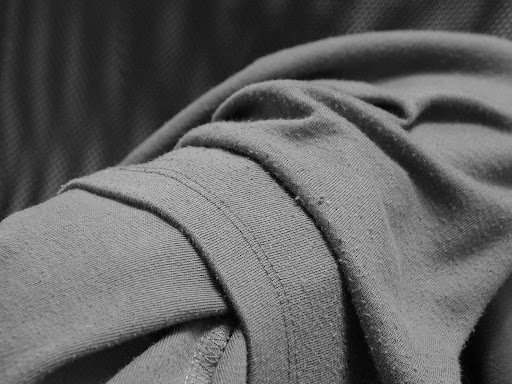
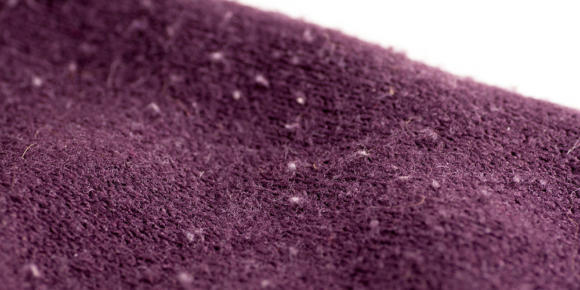
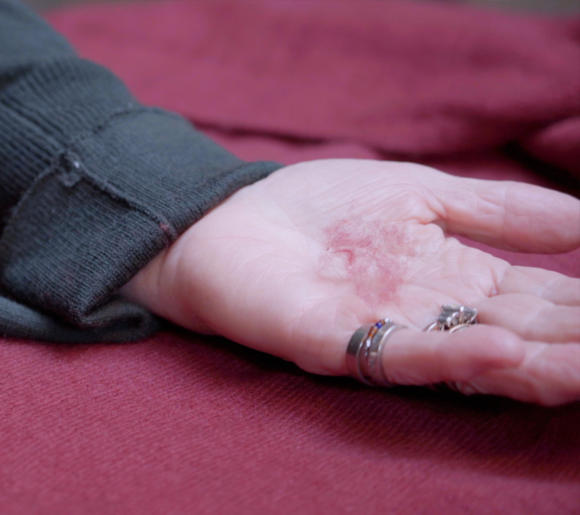
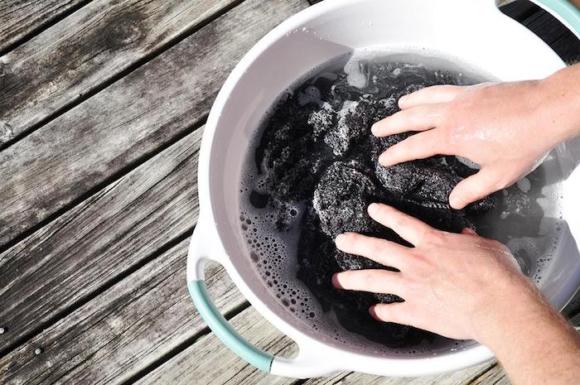
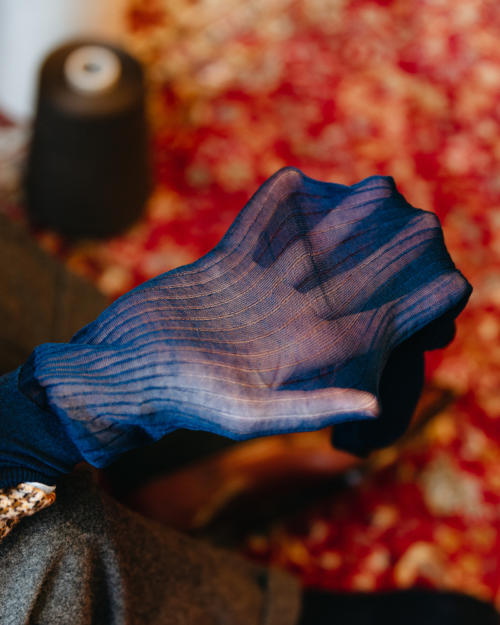
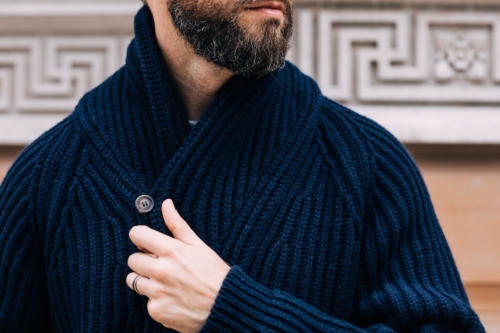


0 comments